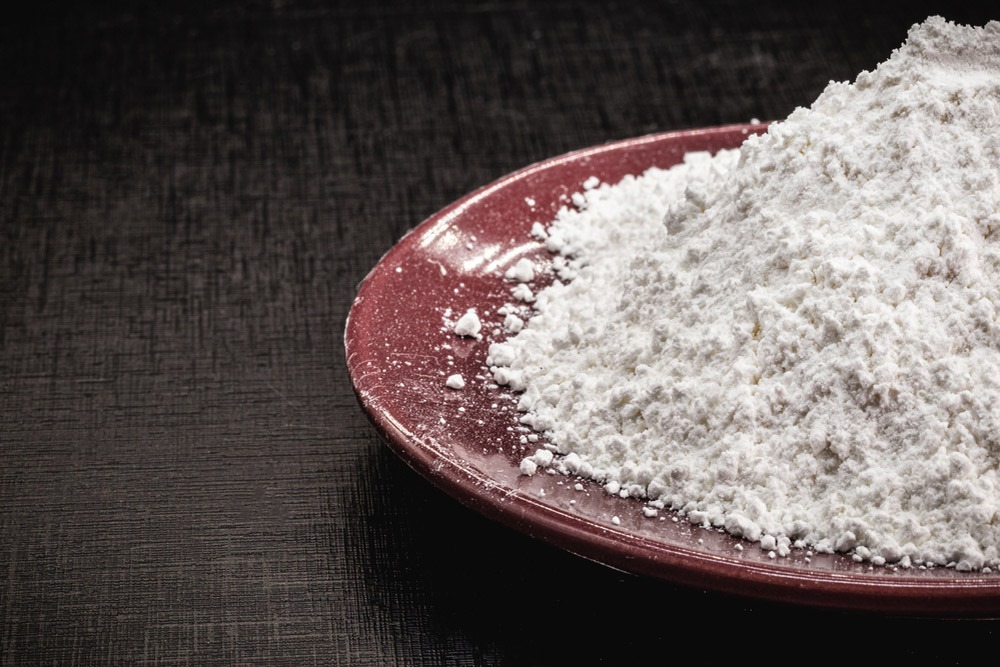Introduction
Cellulose ethers are among the most widely used additives in various industries due to their unique chemical and physical properties. Derived from natural cellulose, these modified polymers offer excellent water solubility, thickening ability, film-forming capacity, and stability, making them essential in construction, pharmaceuticals, food, paints, cosmetics, and other sectors. Their ability to improve product performance, enhance process efficiency, and provide cost-effective solutions has made Cellulose ethers a preferred choice for manufacturers worldwide.
Understanding Cellulose Ethers
Cellulose ethers are water-soluble polymers produced by chemically modifying natural cellulose with alkyl or hydroxyalkyl groups. This modification improves their solubility and functionality, allowing them to perform effectively in both aqueous and non-aqueous systems. The most common types of cellulose ethers include methyl cellulose (MC), hydroxypropyl methylcellulose (HPMC), hydroxyethyl cellulose (HEC), and carboxymethyl cellulose (CMC). Each type of cellulose ether offers specific advantages tailored to particular applications.
Key Properties of Cellulose Ethers
The remarkable versatility of cellulose ethers is due to their combination of functional properties:
- Water Retention – Cellulose ethers prevent premature water loss, ensuring consistent curing in construction applications.
- Thickening and Rheology Control – They improve viscosity and maintain product stability in paints, coatings, and food products.
- Film-Forming Ability – They create protective films in coatings, adhesives, and pharmaceutical tablets.
- Stability in Various pH Levels – Cellulose ethers maintain performance in both acidic and alkaline environments.
- Non-Toxic and Biodegradable – Their natural origin and safety make them ideal for use in food and personal care products.
Applications of Cellulose Ethers in the Construction Industry
In construction, cellulose ethers are widely used in dry-mix mortars, tile adhesives, plasters, and self-leveling compounds. Their water retention and workability enhancement improve adhesion, prevent cracking, and ensure uniform curing. In tile adhesives, cellulose ethers provide excellent slip resistance and open time, making application easier and more efficient. Their role in self-leveling compounds ensures smooth surfaces and consistent flow without segregation.
Cellulose Ethers in the Pharmaceutical Industry
Pharmaceutical manufacturers rely on cellulose ethers for their binding, coating, and controlled-release properties. Hydroxypropyl methylcellulose (HPMC) is frequently used in tablet coatings to improve stability and mask unpleasant tastes. Cellulose ethers also play a vital role in drug delivery systems, allowing controlled release and targeted delivery. Their non-toxic nature ensures safety in medicinal applications.
Food Industry Uses of Cellulose Ethers
Cellulose ethers are essential food additives used as thickeners, stabilizers, and emulsifiers. Carboxymethyl cellulose (CMC) is commonly added to ice creams, sauces, bakery products, and beverages to improve texture, prevent crystallization, and enhance shelf life. They also act as fat replacers in low-calorie food formulations, offering a healthier alternative without compromising taste and quality.
Cellulose Ethers in Paints and Coatings
The paints and coatings industry benefits significantly from cellulose ethers, especially hydroxyethyl cellulose (HEC), which enhances viscosity, prevents pigment settling, and ensures smooth application. Their film-forming ability improves coating durability, weather resistance, and surface protection. By controlling rheology, cellulose ethers ensure uniform pigment dispersion and stable storage performance.
Role in Personal Care and Cosmetics
Cellulose ethers are widely used in shampoos, lotions, creams, and toothpaste due to their thickening, stabilizing, and conditioning properties. They enhance the sensory feel of cosmetic products, improve spreadability, and ensure product stability during storage. Their safety and skin-friendly nature make them ideal for personal care formulations.
Environmental Benefits of Cellulose Ethers
One of the most important advantages of cellulose ethers is their biodegradability. Unlike synthetic polymers, they break down naturally without harming the environment. This makes them an eco-friendly choice for manufacturers aiming to reduce their carbon footprint. Their renewable source from plant-based cellulose aligns with global sustainability goals, making them a preferred additive for green industries.
Market Demand and Future Outlook
The global demand for cellulose ethers is steadily increasing due to their multi-functional benefits, safety, and compatibility with sustainable manufacturing practices. Growing construction activities, the expansion of pharmaceutical manufacturing, and the increasing demand for processed foods and eco-friendly products are key drivers of this trend. As industries move toward greener, high-performance solutions, cellulose ethers are expected to remain a critical component of product innovation.
Conclusion
Cellulose ethers are indispensable additives that offer exceptional versatility, performance, and sustainability across multiple industries. Their ability to enhance water retention, control viscosity, improve film formation, and ensure stability has made them a valuable choice in construction, pharmaceuticals, food, paints, cosmetics, and many other applications. Derived from renewable cellulose and biodegradable by nature, cellulose ethers not only improve product performance but also contribute to environmental protection. As industries continue to innovate and adopt eco-friendly practices, the demand for cellulose ethers is set to grow, ensuring their place as a vital component of modern manufacturing solutions.



